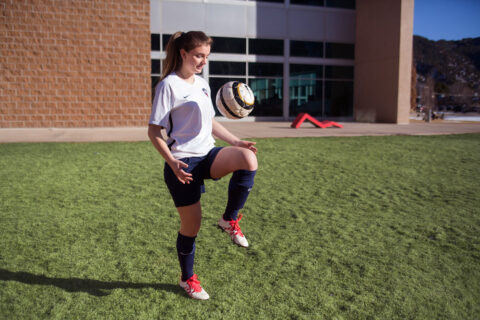FAQs - ACL tears
Providers at ValleyOrtho treat a wide variety of knee injuries and anterior cruciate ligament (ACL) injuries are one of the more common, often caused by running, jumping and pivoting.
Here are some common questions with answers about ACL tears.
How do you tell if I tore my ACL?
- In addition to pain and swelling, patients may report a “popping” sound when injured. Another common symptom is the feeling that the knee is “giving out.” Whereas some individuals are able to cope without an ACL, others will continue to experience knee instability and may suffer secondary damage to the knee.
Can you still walk with a torn ACL?
- While you are still able to walk with a torn ACL, it can be painful. You should be able to walk in a straight line but are not able to pivot or make sudden turns, and should avoid doing so.
Can an ACL heal without surgery?
- A torn ACL will not heal on its own, but you can live your life without having surgery. You might need to switch to a sport that does not involve pivoting on your knee, such as swimming or running. Rehabilitation with a physical therapist is another option to consider instead of surgery.
How long does it take to recover from ACL surgery?
- Recovery can vary depending on the level of activity you would like to return to. Most patients are back to their normal daily activities around three months, while others may need approximately eight months to a year in order to get back to their activities.
How long after ACL surgery can you walk?
- Within two to four weeks patients can be walking unassisted for short periods of time. Around the 10 to 12-week mark is when a patient could participate in brisk walking and light jogging.
Is ACL surgery a major surgery?
- Although patients go home the same day of their ACL surgery, it still is considered a major surgery. You will be given general anesthesia, have pain and swelling post-surgery and will need to complete a rehabilitation program.

